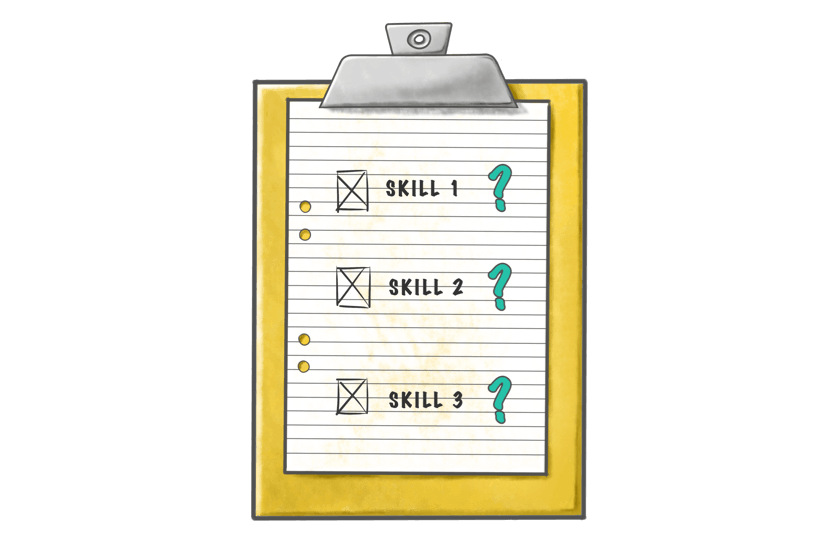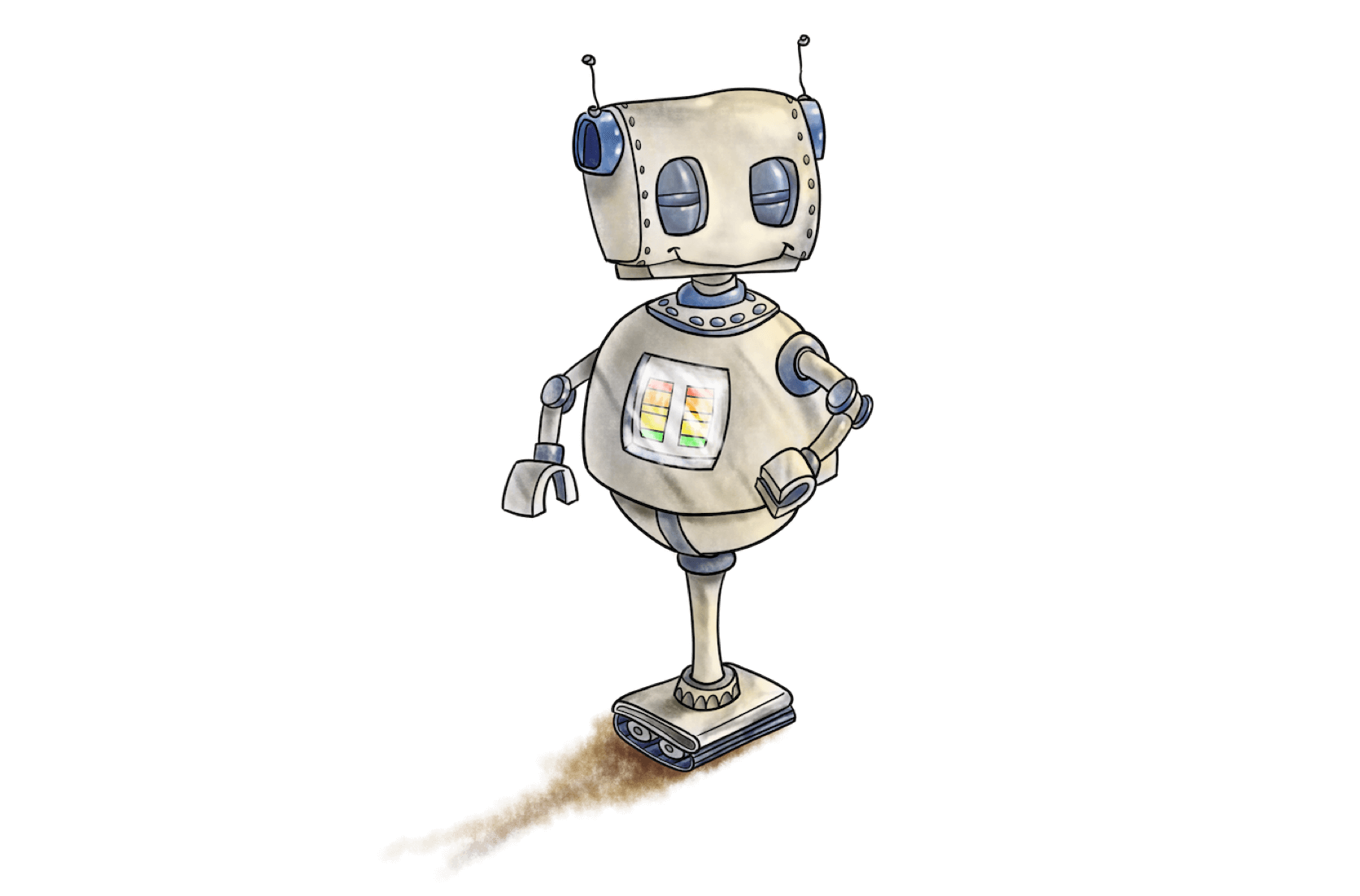
I have this great learning method where I do absolutely nothing for the longest time. Then, when it’s the last most terrible minute, I gather up all my brain cells, all 6 of them, and set them to work learning that massive pile of content all at once, all in one big horrible binge. Then, about 12 hours later, I spew it all out for the exam. After that, I never ever ever think about it again. Phew! I think, Praise Putin that’s over. What a waste of time. I mean, when am I ever gonna need to know CPR?
There’s a problem with this, however – if you’re not going back over what you’ve learnt, there’s really no point in doing it at all. It spills out of your brain faster than you drank it in. That’s why you’ve got to measure what you learn.
Below we've put together a lil’ list of the benefits of measuring your learning; so digestible my granny ate them for brekkie:
1. Measuring your learning shows you if your training is actually doing anything
It’s the point I made before - if you just do the training and don’t go back to it, then it probably won’t do too much. Yeah, you can put a tick next to your to-do list, but how do you know if you’ve achieved anything? This is why exams have results, competitions have leaderboards, and primary schools have gold stars – if there’s no number at the end of the quiz, how do you know if you’ve learnt anything, anything at all?
2. To figure out where you’ve gone wrong
This is the flip of the point above – breaking down your learning into quantifiable chunks means you can figure out what it is that you’ve got wrong.
Feedback is scary but necessary. The best way to learn, nay, the only way to learn, is to test yourself, see where you’ve gone wrong, and fix your mistakes. It’s why here at Yarno we’re always yabbering on about spaced repetition.
Contrary to every exam/assessment/other meaningless academic evaluation you’ve ever had, the best way to learn isn’t to be tested once and then never again. What works better is testing yourself, measuring what you got right and wrong, and then testing yourself again.
3. To figure out what training actually works
If you’ve got the stats on what you know and don’t know, then you also have the stats on what taught you what you know, and what didn’t teach you much at all. If you have a look at those stats, you can choose to invest more time studying using the method that suits you best.
It’s why AT&T invested $250 million into more engaging, higher fidelity training, away from their existing, not so good training. It’s why here at Yarno, we give you the stats on every kind of question you get wrong, then we test you again to see if you do better next time.
Learning doesn’t have to be just looking at a book, reading the same line over and over because you’re so bored you keep zoning out in the middle of the same sentence. If you have a look at what methods have managed to actually put something in your brain, you can make an authoritative decision to learn how you want to learn, not just how your year four science teacher said you should.
So you get the point, measuring your training means you actually know if it’s working or not. This may seem simple, boring, god Courtney did you really need to write 600 words about this? I could’ve read like 16 memes in this time! But, it’s something we all need to be reminded of. I know I do. Not once in school or university have I had a teacher look at my work, and say, “Courtney, let’s go over this, one more time.”













































































































